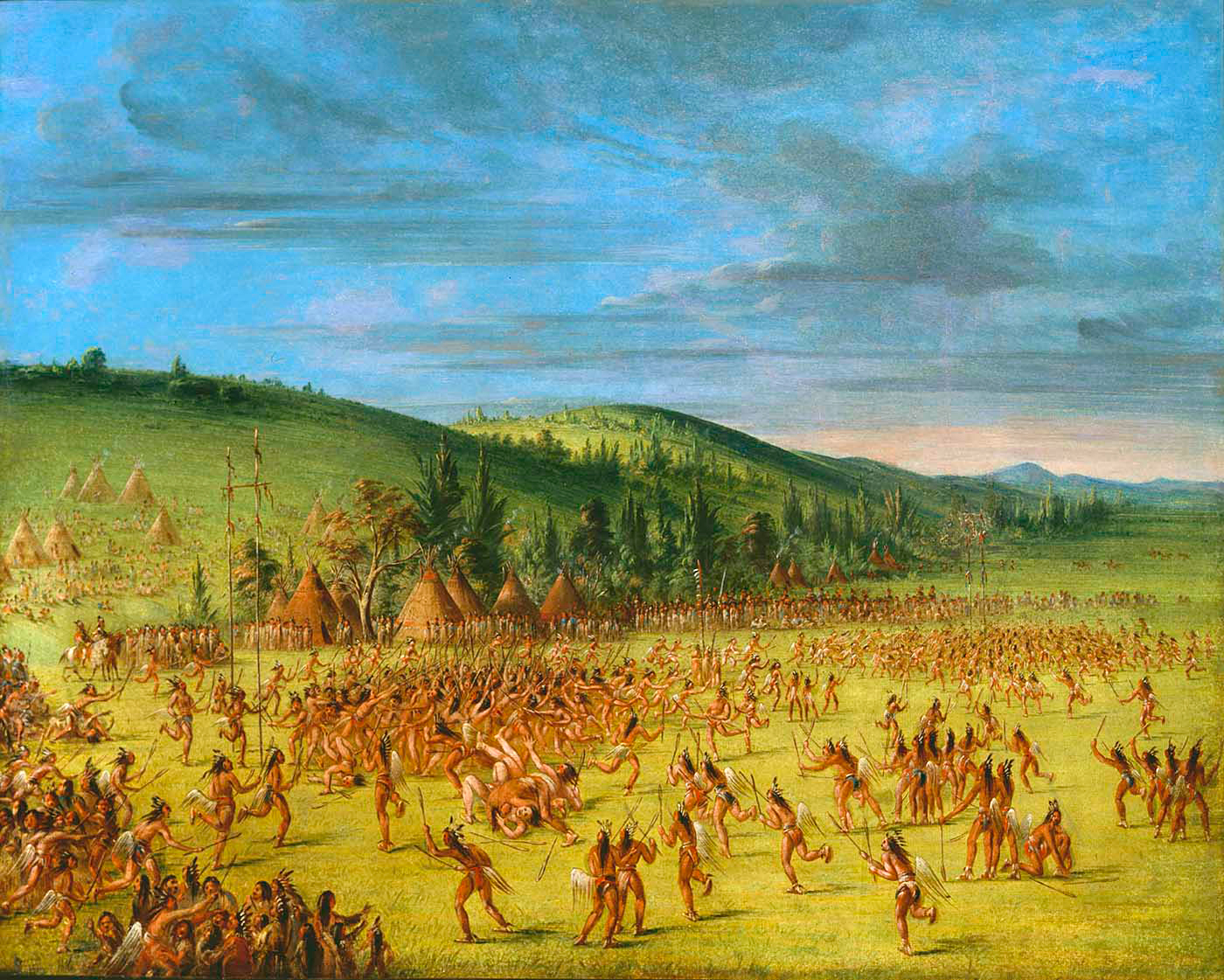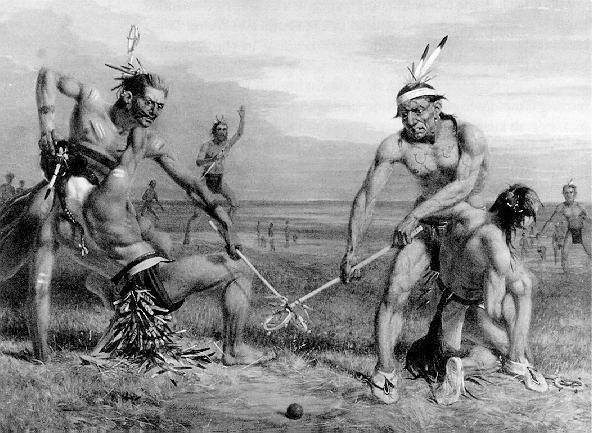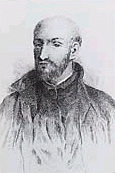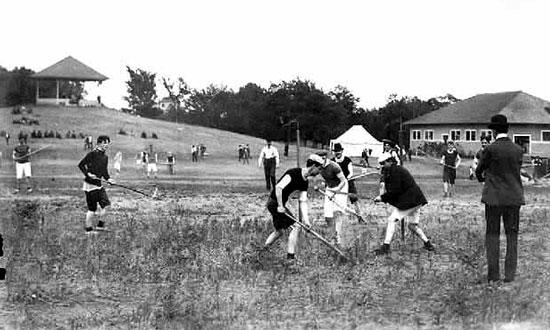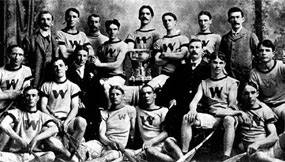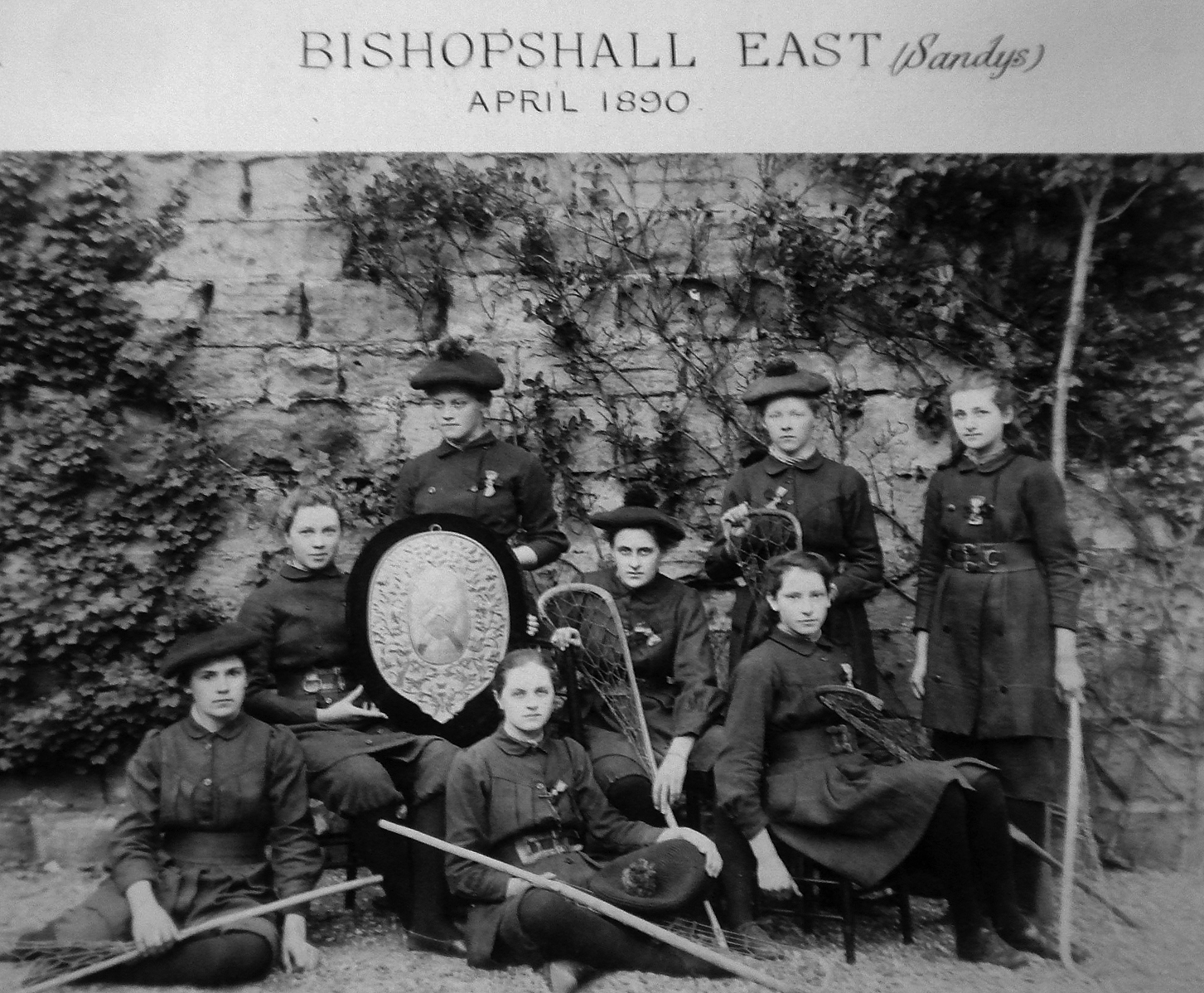Lacrosse boasts a captivating history that spans centuries. The sport’s genesis can be traced back to the Indigenous peoples of North America, who played variations of the game as early as the 12th century. These early iterations were more than recreational, they held significant cultural and spiritual importance, often serving as rituals and training for war.
The game’s evolution saw it adapt and grow in popularity, with various tribes and communities developing their unique rules and playing styles. European settlers in the 17th century observed and adopted lacrosse, which eventually helped lead to its widespread recognition. Over time, organized leagues and clubs emerged, cementing lacrosse’s position as one of the most thrilling and competitive team sports in the world. With its rich heritage and continuous global expansion, lacrosse remains a symbol of tradition, athleticism and cultural unity, reflecting both its origins and the diverse communities that have embraced it.
What began as stickball, a Native American contest played by tribal warriors for training, recreation, medicinal and religious reasons, has developed over the years into the interscholastic, professional and international sport of lacrosse.
Timeline
Early History
Lacrosse’s origins can be traced back as early as the 12th century to various Indigenous tribes in North America, where the game was played for centuries before European contact.
1600s
French Jesuit missionaries were the first westerners to witness the game and gave it the name lacrosse.
1856
The Montreal Lacrosse Club was founded in Canada, marking the beginning of organized lacrosse.
Late 1800s – Early 1900s
Lacrosse gained popularity in educational institutions, leading to the establishment of various lacrosse leagues in schools and colleges.
The sport continued to spread across Canada and the United States, as well as the United Kingdom and Australia.
1904 / 1908
Lacrosse was played in the Olympic Games in St. Louis and London.
1928 / 1932 / 1948
Lacrosse was featured as a demonstration sport at three additional Olympic Games.
1972
The International Federation of Women’s Lacrosse Association was formed.
1974
The International Lacrosse Federation (men) was formed.
2008
The IFWLA and ILF merge to form the Federation of International Lacrosse to govern and promote the sport globally.
2017
Women’s lacrosse (field) was played at The World Games.
2018
FIL received provisional recognition by the International Olympic Committee.
2019
FIL rebranded as World Lacrosse.
2021
World Lacrosse received full recognition by the IOC.
Origin
Lacrosse originated in Native American tribes and was originally known as stickball. The games were seen as major events, which took place over several days.They were played over huge open areas between villages and the goals, which might be trees or other natural features, were anything from 500 yards to several miles apart. Any number of players were involved. Some estimates have mentioned between 100 and 100,000 players participating in a game at any one time. The rules were very simple, the ball was not to be touched by a player’s hand and there were no boundaries. The ball was tossed into the air to indicate the start of the game and players raced to be the first to catch it.
The original wooden balls were later replaced by deerskin balls filled with fur and the sticks developed over time to become more sophisticated, the netting made from deer sinew. In preparation for a game, players used paint and charcoal to decorate their faces and bodies.
Lacrosse games were played for a number of reasons. It was considered a sport that toughened up young warriors for war, but it was also a game played for recreation and for religious reasons. It was not unusual for bets to be placed on the outcome of games.
French Jesuit missionaries working in the St. Lawrence Valley of Canada in the 1630s were the first Europeans to see the game. One of them, Jean de Brébeuf, wrote about the game being played by the Huron Indians in 1636 and he named the game “lacrosse.”
A demonstration of lacrosse was given by the Caughnawaga Indians in Montreal in 1834. As a result, interest in the game began to develop in Canada. A Canadian dentist, Dr. William George Beers, was responsible for founding the Montreal Lacrosse Club in 1856 and a decade later, he drew up rules that included reducing the number of players, introducing a rubber ball and a redesigned stick.
By 1860, lacrosse had become Canada’s national summer game and in 1867, exhibition games were played in England. In 1876, Queen Victoria watched a game being played and remarked that the game was “very pretty to watch.”
In 1883, a touring team from Canada and and a team made up of Haudenosaunee natives visited Scotland.
By the turn of the century, lacrosse was becoming more popular in several countries and in 1904 and 1908, it was played in the Olympic Games.
On the women’s side, the first headmistress at the St Leonards school in Scotland watched a game played in Canada in 1884 between the Canghuwaya Indians and the Montreal Club and thought it “beautiful and graceful.” As a result, the game was introduced at the school.
A report in the student magazine noted details of the very first lacrosse match at St. Leonards on March 27, 1890: “After our crosses having undergone a severe inspection i.e. our referee holding them up one by one and squinting with one eye to see if that which ought to be plane surface was not a curved one. Our referee said it was time to begin, but, owing to the absence of the ball it was rather difficult for the order to be carried out. However, the ball was duly found and after ‘123 Play’ had been called, a vigorous game began.”
St. Leonards in St Andrews, Scotland, is believed to be the first girls’ school to have played lacrosse in 1890.
An official account of this first game indicated: “Whether the game on the whole has proved successful may be doubted, but at least we advanced so far in its mysteries as to get a good and exciting game in the matches. They were played in the field with teams of eight, and they lasted one hour, not including a 10 minutes’ interval in the middle, after which goals were changed.”
The number of players increased to 10 in 1895 and by 1913, there were 12 players, known by the positions in use today. The players used long sticks with short handles.

St Leonards alumni introduced lacrosse to schools in the south of England, specifically Wycombe Abbey School in 1896 and Roedean School in 1902.
Bedford Physical Training College and Madame Bergman Österberg’s College of Physical Education in England added lacrosse to their programs in 1903/04 with the help of some of their students who had played at school. Trained teachers then introduced the game into their schools.
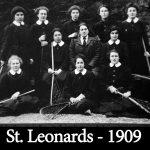
Initially lacrosse was a school-based game and clubs followed later. The first club to be founded was the Southern Ladies Club in England in 1905.
The Ladies Lacrosse Association was founded in England in 1912 and international matches began in the following year. The Standard newspaper, dated April 18, 1913, stated that “in the very first international lacrosse match, held at Richmond, Scotland beat Wales 11 goals to 2.”
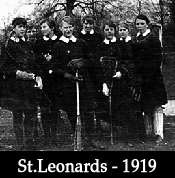
The Scottish Ladies Lacrosse Association was founded in 1920 and at that stage international matches with England were placed on an official footing. Wales and then Ireland founded their organizations in 1930.
Rosabelle Sinclair, an alumnus of St Leonards and a former Scottish lacrosse player, was instrumental in establishing the game of lacrosse for women in the United States.
Despite earlier attempts by other enthusiasts, it was not until Rosabelle started a girls’ high school team in 1926 at Bryn Mawr School in Baltimore, Maryland, that lacrosse became popular in other nearby schools. The United States formed their organization, the U.S. Women’s Lacrosse Association, in 1931.
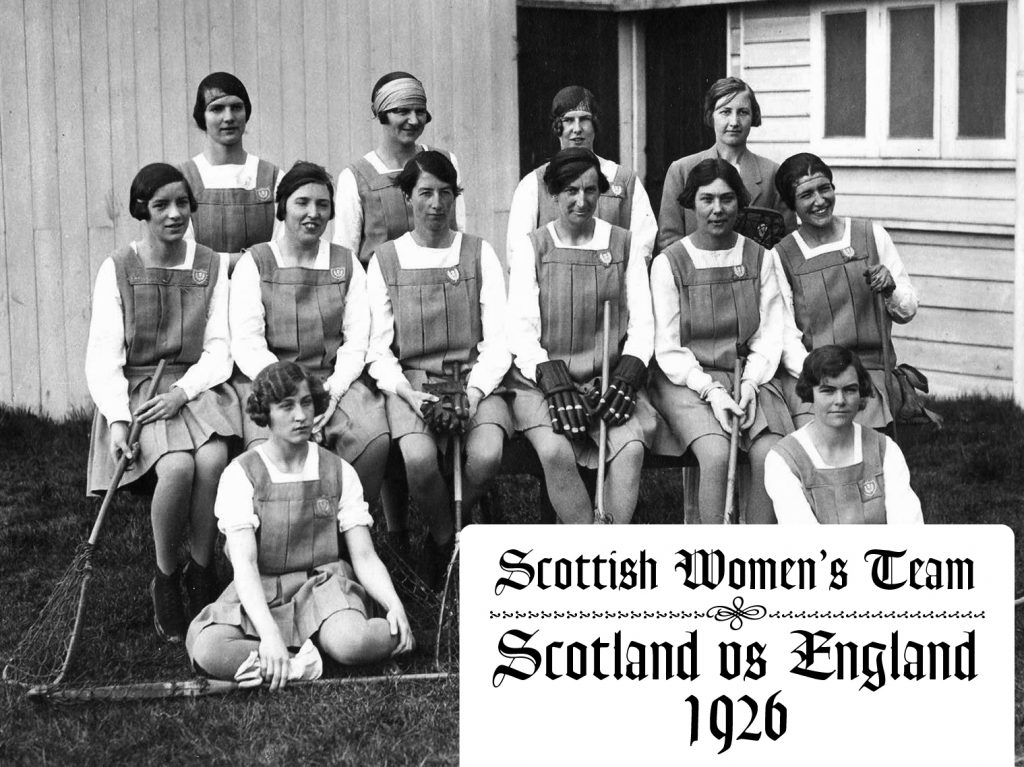
Lacrosse was played by women in Victoria, Australia, in 1936 but it was not until 1962 that they founded their national organization, the Australian Women’s Lacrosse Council. Canada selected an international team in 1982 to take part in the first World Lacrosse Women’s Championship, which took place in Nottingham, England.
